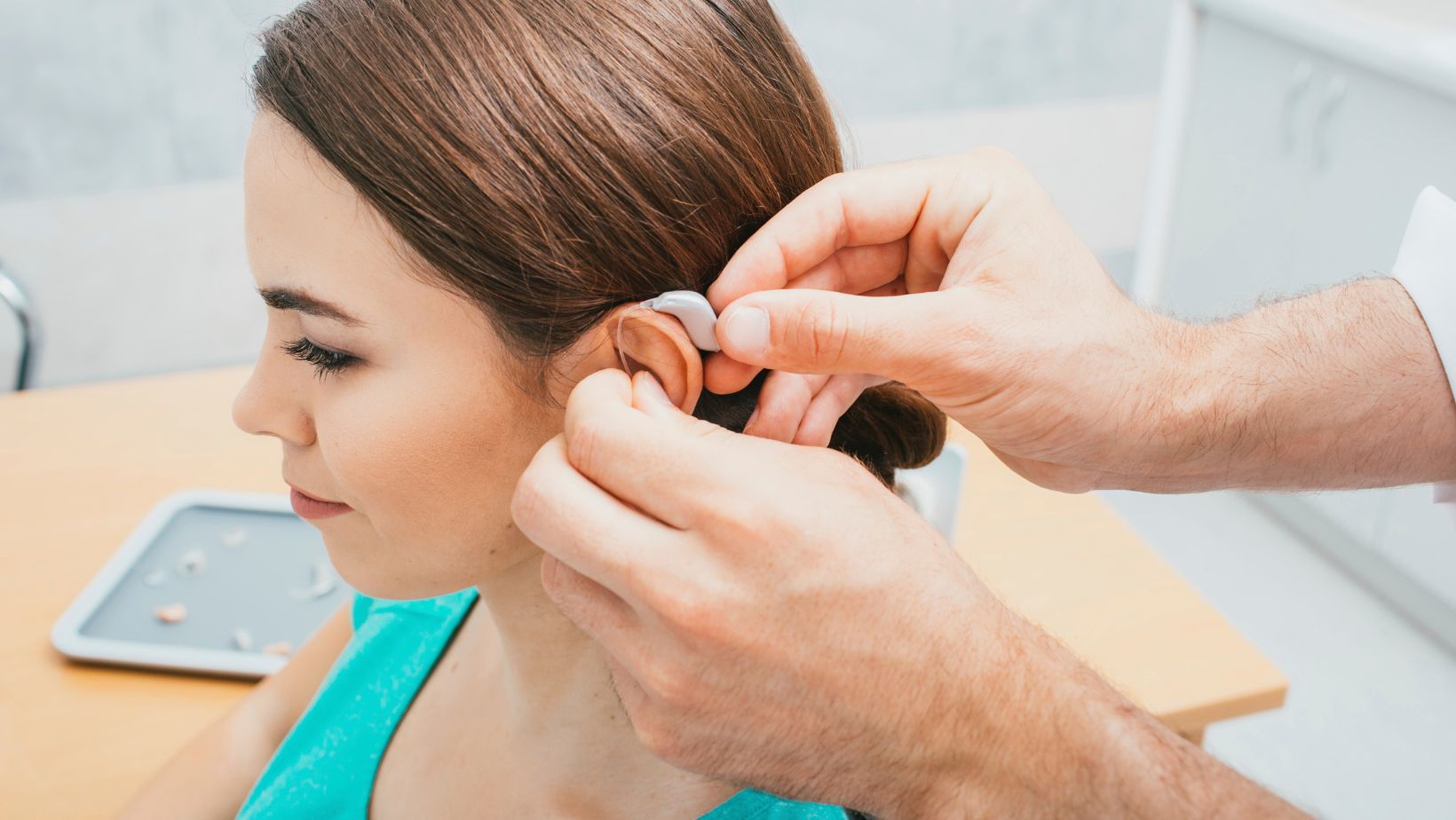Hearing loss can be a challenging adjustment, but modern hearing aids offer a gateway to rediscovering the vibrant world of sound. These tiny devices work wonders in improving communication, reducing social isolation, and enhancing overall quality of life. However, getting used to wearing hearing aids does take some time and patience. This post will guide you through six effective and simple steps to make the transition smoother and more enjoyable.
Start Slow And Steady
Initially, it might feel strange to have something in your ears, and the amplified sounds can be overwhelming. To ease into the process, begin by wearing your hearing aids for short periods in a quiet environment, such as your home. This setting allows you to get accustomed to the new auditory sensations without the distraction of background noise.
Gradually increasing the amount of time you wear your hearing aids each day can help your ears and brain adapt more comfortably. For instance, you might start with an hour or two and then slowly build up to wearing them all day. This gradual approach reduces the likelihood of feeling fatigued or overwhelmed and helps you get used to the sensation of wearing the devices.
It’s also important to give yourself grace during this period. Everyone’s adjustment timeline is different, so listen to your body and take breaks if needed. Consistency is key, but it’s equally important to avoid pushing yourself too hard too quickly.
Embrace Everyday Sounds
Your brain needs time to relearn and adjust to the sounds you may not have heard clearly for years. Focusing on familiar noises in your environment can help facilitate this process. Listen to appliances like your refrigerator hum, the ticking of a clock, or the gentle rustling of leaves outside your window.
Initially, these sounds might seem louder or more noticeable than you remember. This is perfectly normal and a sign that your hearing aids are working effectively. Over time, your brain will recalibrate, and these sounds will become part of your natural auditory landscape again.
It’s important to note that some sounds might initially feel overwhelming. This is a common experience shared by many new hearing aid users. Give yourself time to acclimate, and soon these sounds will blend seamlessly into your everyday life.
One-on-One Conversations
One-on-one conversations provide an excellent opportunity to adjust to your hearing aids. Initially, you might find that your own voice sounds different—perhaps louder or more pronounced. Practicing conversations in quiet settings can help you get used to this change and improve your confidence in social interactions.
Informing friends and family about your new hearing aids can also be beneficial. They can offer support and speak clearly, making the adjustment period smoother. Conversations with loved ones in a quiet environment allow you to focus on the nuances of speech and build your listening skills over time.
Another helpful tip is to maintain eye contact during conversations. Visual cues enhance your ability to understand and interpret speech, making communication more effective and enjoyable.
Patience With Background Noise
Background noise can pose a significant challenge when first adjusting to hearing aids. In busy environments, distinguishing between different sounds can be difficult, and it may take time for your brain to filter out unnecessary noise.
Starting with quieter social gatherings, such as small family dinners or coffee dates with a friend, can help ease this transition. These settings provide a more controlled environment to practice listening and gradually build your tolerance for background noise.
Most modern hearing aids are equipped with advanced features that adapt to different listening environments. Over time, these devices will become better at distinguishing speech from background noise, making your listening experience more comfortable and enjoyable.
Leverage Visual Cues
Utilizing visual cues can significantly enhance your comprehension and ease the transition to hearing aids. Captions and subtitles are invaluable tools for supporting your brain as it processes new auditory information. Watching TV shows, movies, or videos with subtitles can help you follow along more easily and reinforce your understanding of spoken words.
Listening to audiobooks while reading along with the text is another effective strategy. This dual input strengthens the connection between auditory and visual information, making it easier to process and remember.
Beyond media consumption, pay attention to body language and facial expressions during conversations. These visual cues provide additional context that can improve your overall comprehension and communication.
Communication With Your Audiologist
Regular communication with your Audiologist is essential for a successful adjustment to hearing aids. Follow-up appointments allow you to discuss any discomfort or challenges you’re experiencing. Your audiologists can make necessary adjustments to ensure your hearing aids function optimally and are tailored to your specific needs.
Don’t hesitate to ask questions or express concerns during these appointments. Professional guidance is invaluable, and your audiologists are there to support you every step of the way. They can offer practical tips, fine-tune your devices, and provide reassurance as you acclimate to your new hearing experience.
Conclusion
Rediscovering the joy of sound is well worth the effort. Hearing aids open up a world of rich auditory experiences, enhancing your quality of life and reconnecting you with the sounds you love. If you need further assistance or adjustments, contact Total Hearing Centre, and one of our Audiologists will be happy to help you on your path to better hearing.

